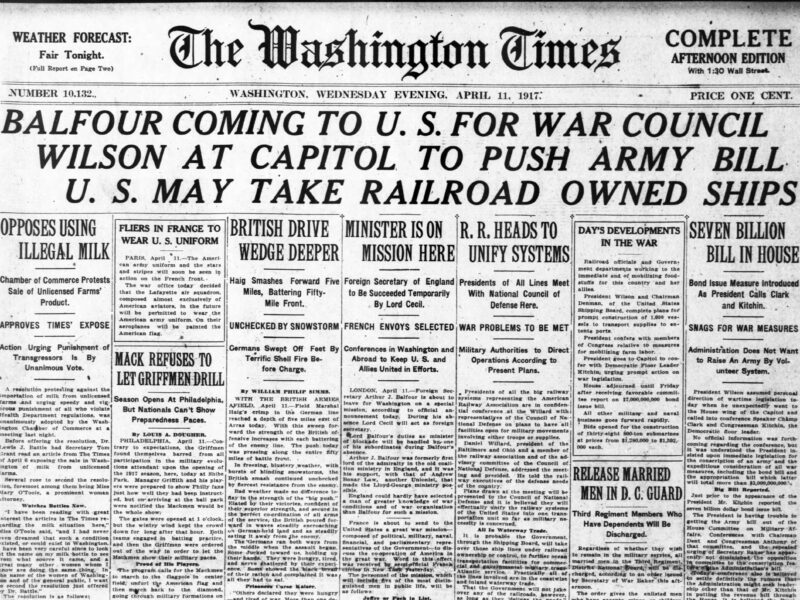In April, we added more than 350 new newspapers to the archives, including U.S. papers from 25 states and the Canadian provinces of Alberta, British
Author: Jenny Ashcraft

In 1681, William Penn received a charter from King Charles II of England to develop the colony of Philadelphia in North America. The proposed society
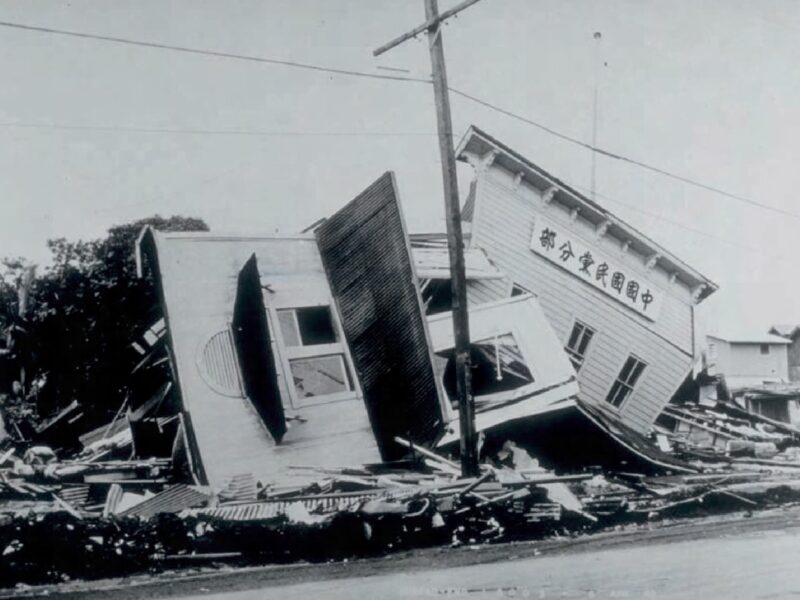
On April 1, 1946, an 8.6-magnitude earthquake off the Aleutian Islands triggered a tsunami that raced at 500 mph across the Pacific and roared ashore
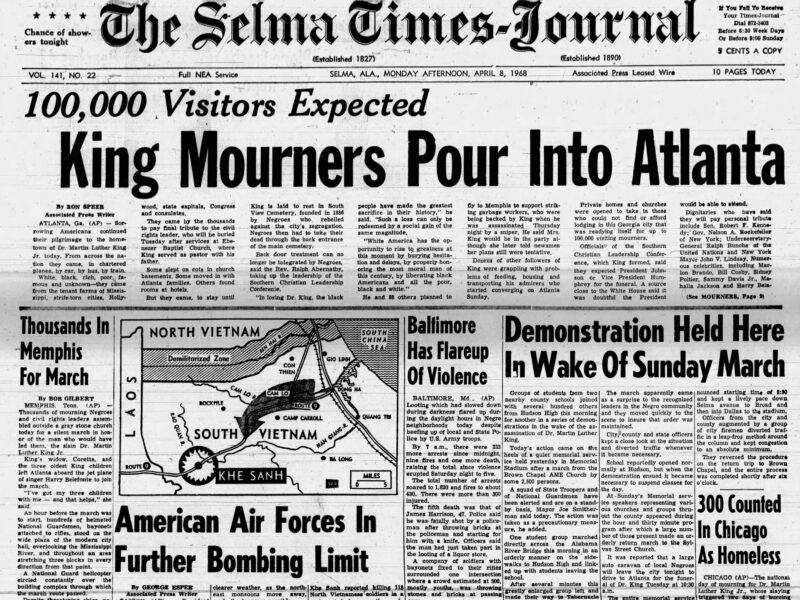
We are happy to announce that we’ve added more than 450 new papers to our archives in March! Some of these newspapers result from a

Did you know that The Guinness Book of Records resulted from a friendly disagreement about the fastest bird in the world? In the 1950s, Sir
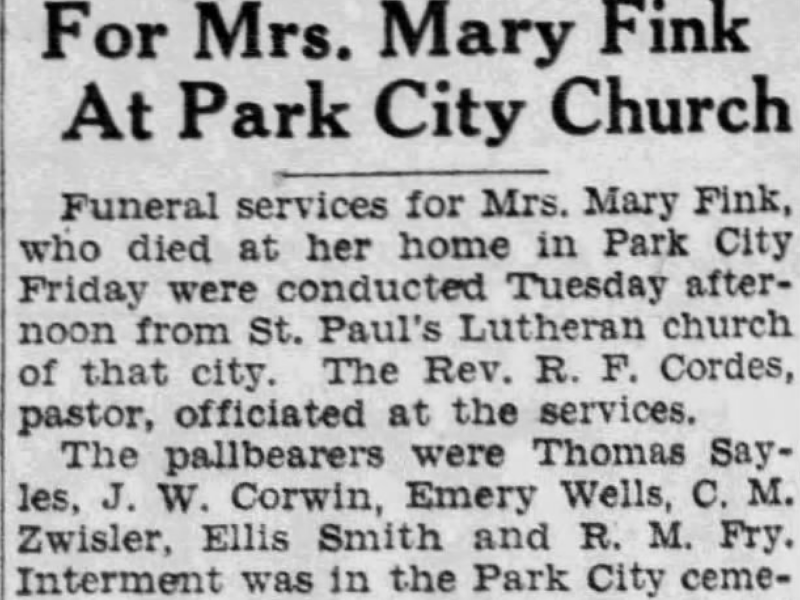
Last year, some of the most frequently searched words on Newspapers.com™ included obituary, obituaries, died, death, and funeral. With so many of you searching for
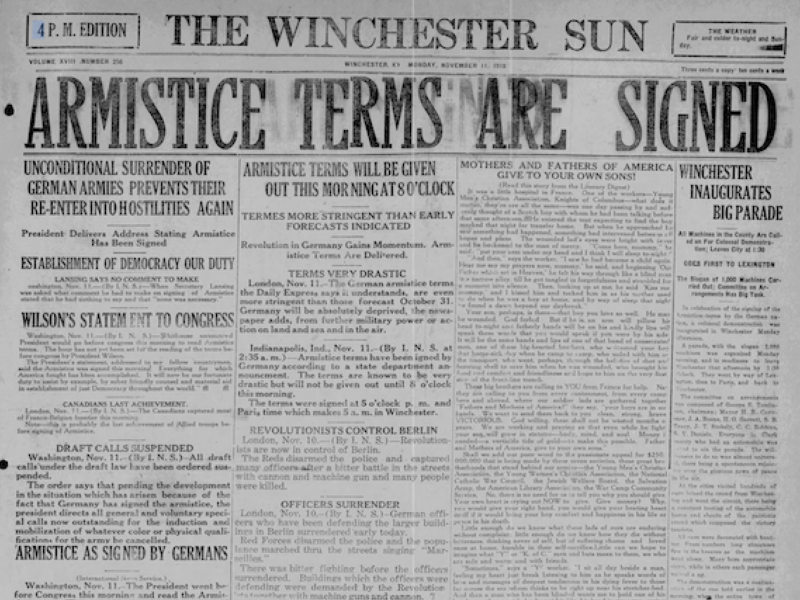
We’ve been busy in 2024 and are pleased to announce that we’ve added 150+ new papers to our archives since January 1. If you have

Have you ever visited Biltmore Estate in Asheville, North Carolina? Construction for the mansion with 255 rooms began in 1889. Biltmore remains the largest privately
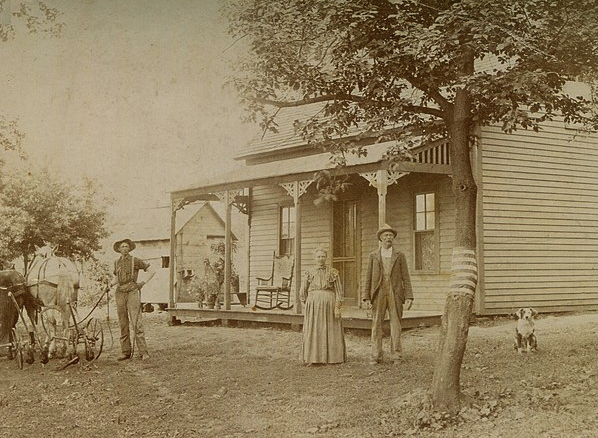
Have you heard about the Newspapers.com™ Stories and Events Indexes? Using Artificial Intelligence (AI), we’ve trained computers to read through more than 900 million pages

From December 1811 through March 1812, three powerful earthquakes and more than two thousand aftershocks rocked New Madrid, Missouri, and the surrounding area. The quakes


